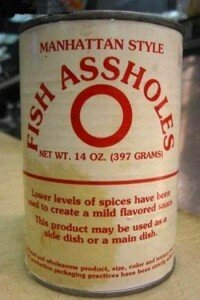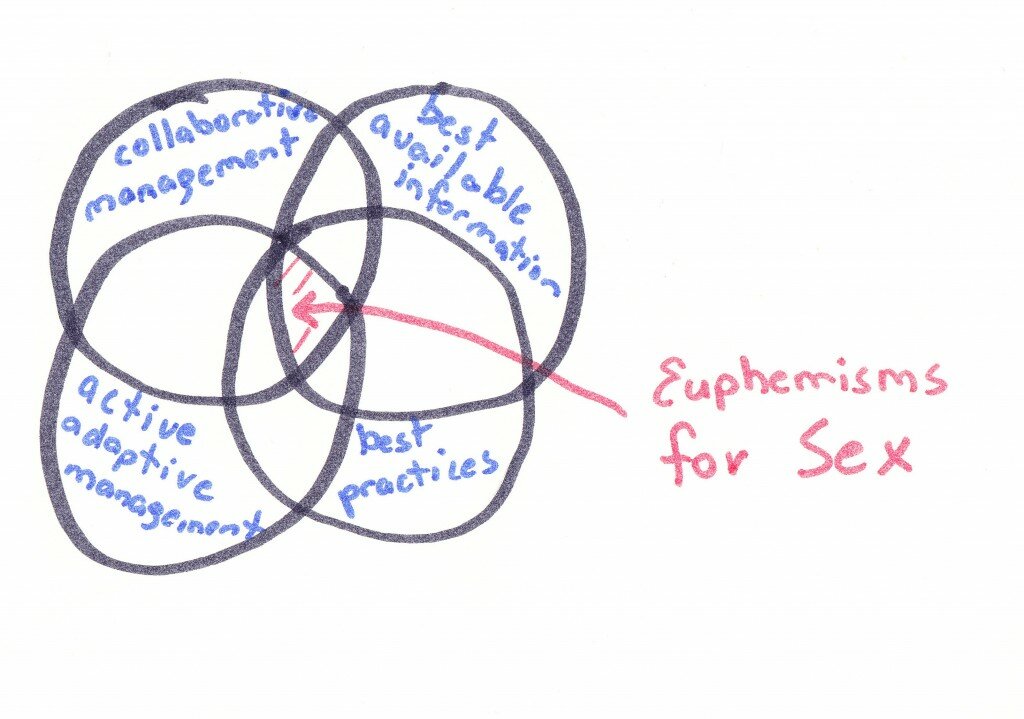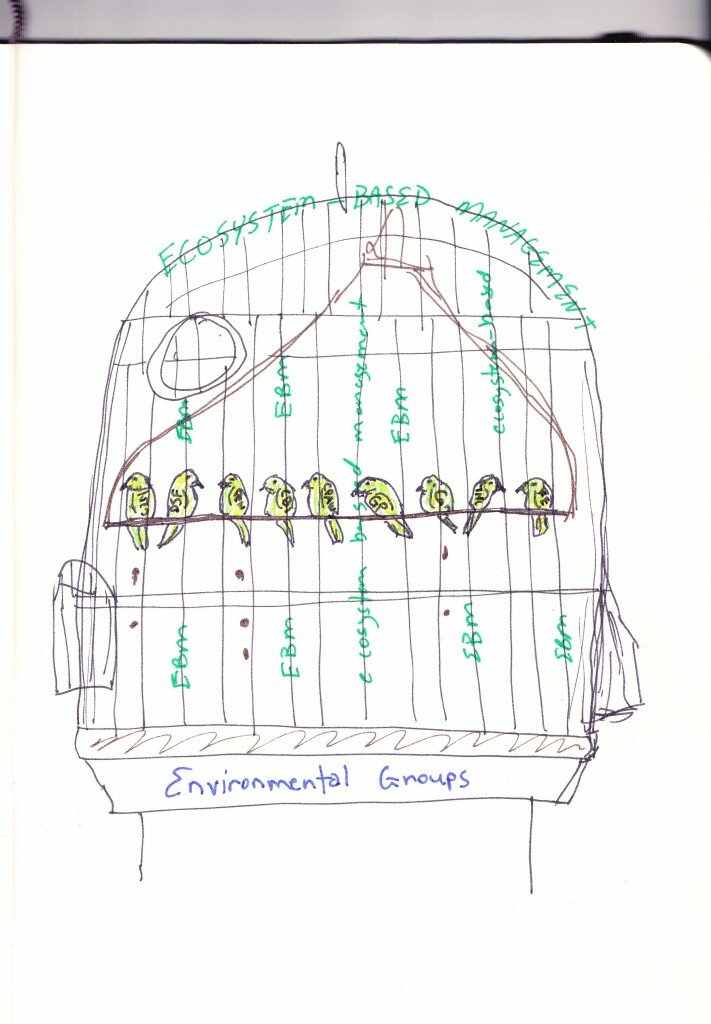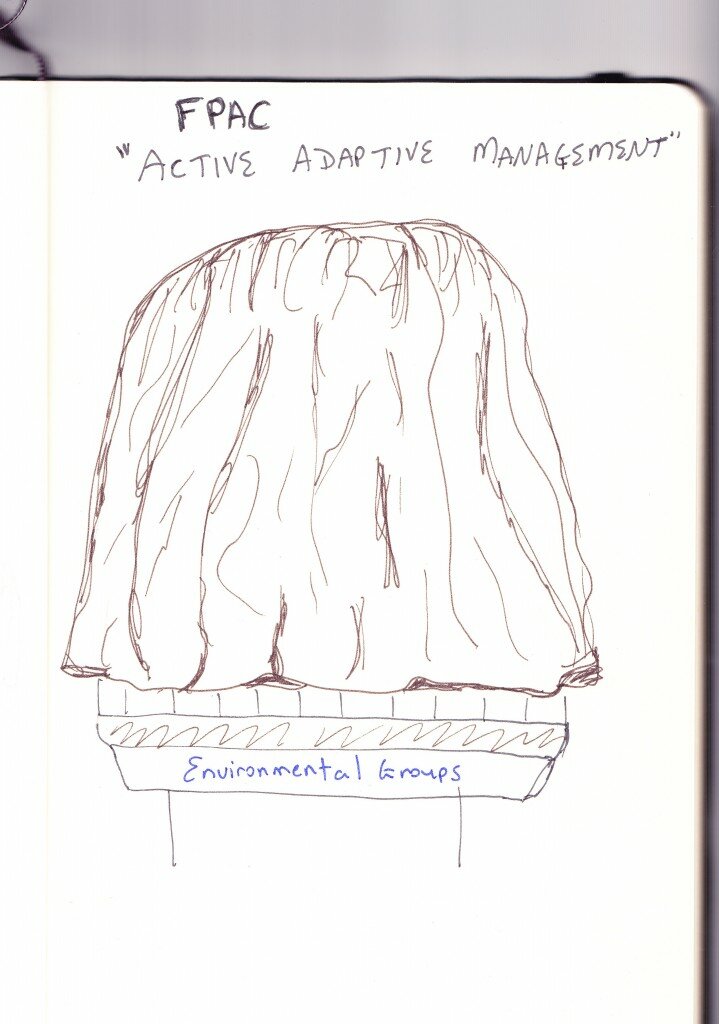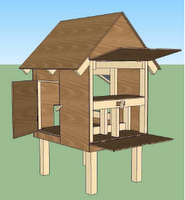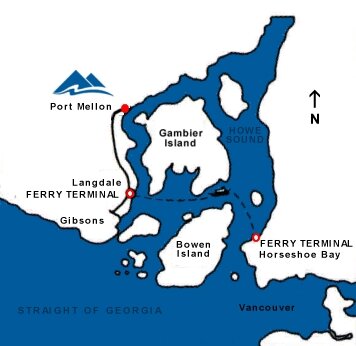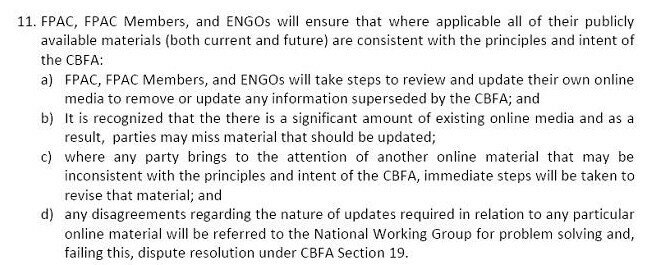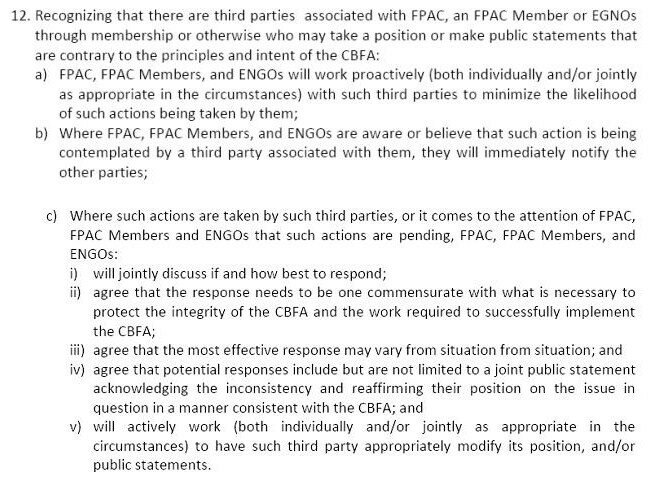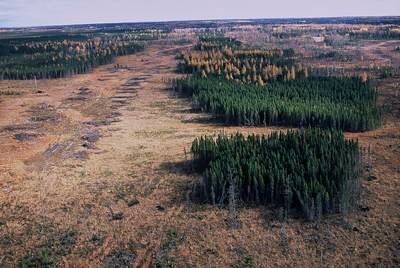.
I’m appreciative of the most recent Mark Hume article in the Globe and Mail.
However at the same time, it’s rather exhausting that these sorts of things come to light so slowly.
I tell the story often…
…when I was growing up on Haida Gwaii, I spent an immense amount of time fishing; largely for Pacific salmon. Coho, humpies, the odd Chum (Dog), and from time to time Chinook. Whenever we brought fish home, we had generally hiked them up the river on an alder branch broken off a tree nearby the closest “meathole”. Generally, we would clean the fish once we got home. Our mom told us for years to bury any heads and guts in the garden, but deep enough that some dog or cat wouldn’t dig them up.
Fertilizers of all sorts are generally made out of fishmeal — and in years gone by were a central component. Industrial fisheries in some far-away ocean grinding up some little fish on the ocean food chain to turn it into cheap fertilizer.
So if fishmeal, fish guts, and fish heads are good fertilizer in a garden — why they hell wouldn’t they be the same in the forest?
Indigenous cultures have been saying this for eons — “everything is connected.”
Ever look at a west coast totem pole… everything is connected.
Ever look at west coast, or even interior art… (you guessed it… everything is connected).
_ _ _ _ _ _
So says the article:
When bears, wolves and other animals drag salmon carcasses from spawning streams they cause an intricate chain reaction that changes the nature of the surrounding forest, according to new research from Simon Fraser University.
Plant species that efficiently take up nitrogen from the decomposing bodies of salmon flourish – and soon there are more song birds, drawn by the dense growths of wild berry bushes and prolific insect hatches.
…
“The shift in dominance of some of these plant species was a lot more dramatic than I frankly had expected. Species like salmon berry it turns out are really well named. They tend to dominate in streams that have a large number of salmon,” said Prof. Reynolds, who oversaw the research project which was led by Morgan Hocking, a postdoctoral fellow.
In addition to looking at plant species, Prof. Reynolds said it is important to consider the physical characteristics of a stream as well, because animals avoid fishing in places where getting out of the water with a salmon is difficult because of steep banks.
“If it is a small stream and has shallow banks, then there is a lot better chance that the plants will be effected by the carcasses, because these are more accessible to bears,” he said.
I’m certainly appreciative of the research by Reynolds and Hocking. I’ve read quite a bit of their research before and it’s great to see some of it going a bit mainstream.
This is an image from . It’s kind of ‘techie’ and scientific; however shows the same connections — or more like has been showing these connections through ‘scientific’ channels for quite some time.
Salmon enter the near-stream environment from bottom stage left, and become food, nutrients, energy for a pile of critters. (make sure you glance at the date: 1994)
And well… what to our wonder…
Apparently salmon depend on the forests of the stream ecosystems they swim up to spawn and then often (for some species) spend several years in as baby salmon.
_ _ _ _ _
An article just the other day from the Atlantic Salmon Federation:
OTTAWA – A first of its kind report by the Pew Environment Group reveals that Canada’s boreal, the world’s largest intact forest and on-land carbon storehouse, contains more unfrozen freshwater than any other ecosystem. As United Nations’ International Year of Forests and World Water Day coincide, world leaders are grappling with water scarcity and pollution – and scientists are calling boreal protection a top global priority.
… [because Canada’s Boreal Forest]:
- contains 25 percent of the planet’s wetlands, millions of pristine lakes, and thousands of free-flowing rivers, totaling more than 197 million acres of surface freshwater;
- provides an estimated $700 billion value annually as a buffer against climate change and food and water shortages;
- offers the last refuges for many of the world’s sea-run migratory fish, including half of the remaining populations of North American Atlantic salmon.
“A first of its kind report…”??
Maybe for the Pew folks… but certainly not a unique idea. (as i’ve mentioned before… marketing is everything; everything is marketing).
_ _ _ _ _ _
And so really… what all of this is saying is… if we’re going to do true “Ecosystem-Based Management” we better really think about the entire spectrum of ecosystems, and the endless interlinked relationships… and we should probably be cautious and use precaution because we might mess up a delicate balance…
But have no fear I tell you… because over ten years ago (1999) the Department of Fisheries and Oceans devised this incredible draft concept: Canada’s Wild Salmon Policy. One of the central components of that Policy was to be “Ecosystem-based management”…
How are we doing?
Utter failure.
Have you seen the allocations of salmon for species other than humans?
Like maybe Species at Risk Act (SARA) listed Resident Orcas in the Salish Sea that depend heavily on Fraser Chinook as a food source, or dwindling Grizzly Bears, or ?
_ _ _ _ _ _
And south of us… have no fear, I found on the website that there is a sub-committee of a Committee holding a sub-Panel of a Panel to devise a Plan…
Sounds promising, let me tell you.
The Pacific Fishery Management Council (Council) will convene meetings of the Ecosystem-Based Management Subcommittee (Subcommittee) of the Scientific and Statistical Committee (SSC) and the Ecosystem Advisory Subpanel (EAS) that are open to the public. Please note, this is not a public hearing; it is a work session for the primary purpose of considering recommendations to the Council on the development of an Ecosystem Fishery Management Plan (EFMP).
I don’t mean to be the today… but come on!
I’m really not sure what an “ecosystem fishery” management plan is… isn’t that what we all do… go fishing in an “ecosystem”?
The Subcommittee session will focus on incorporating ecosystem science into the Council management process. The joint session of the Subcommittee and the EAS will focus on the National Oceanic and Atmospheric Administration’s California Current Integrated Ecosystem Assessment [take deep breath]. The EAS will also discuss available science and its potential application with the SSC and will develop recommendations on the EFMP’s purpose and need, regulatory authority, and management unit species for the June 2011 Council meeting in Spokane, Washington
(I’m not making this stuff up… true quotes)
I just don’t understand why they don’t form an advisory subsubcommittee (S2C) that will integrate a framework that will inform the sub-Panel of the Board of the Directors recommendations to the post-science, pre-conference, strategic planning sub-Group — which will in turn provide a background matrix and risk-management scaffolding to guide regulatory management and authority of that sub-species, pre-migratory, complex habitat, ecosystem-based, policy informing database and ecological modeling platform.
Maybe that’s why Dr. Reimchen’s work has never been officially incorporated into Department of Fisheries and Oceans “ecosystem-based management” policies. He must not have been on the sub-committee of the sub-Panel reporting to the EBM Board at the DFO…
But hey… thank ghad… there is contact info for the upcoming gathering down south:
For further information regarding the ecosystem-based management advisory subpanel and subcommittee work sessions, please contact…
… Requests for sign language interpretation or other auxiliary aids should be directed to … at least five days prior to the meeting date.
I, by no means fault the effort to provide access to individuals with disabilities — that’s important everyhwere… I’m just wondering if they’ll have “translation” services available. I think that could be a mandatory “auxiliary aid” for any of these salmon processes.
I was a at a conference in Portland, Oregon last year and there were translation services for Japanese and Russian participants — several times I was looking for the translation services for gobbledeegook, bumpf, bureaucratese, ‘science-chatter’. I’m sure some folks have been looking for these services at the Cohen Commission looking at declines [aka crash] of Fraser salmon in 2009…
It’s a disease… or a bumpf-ease… could one be so bold as to say “plain language might save the wild salmon”?
And maybe a return to a thousands and thousands of years old understanding… salmon are essential to forests; forests are essential to salmon.
“Everything is connected; connected is everything…”



